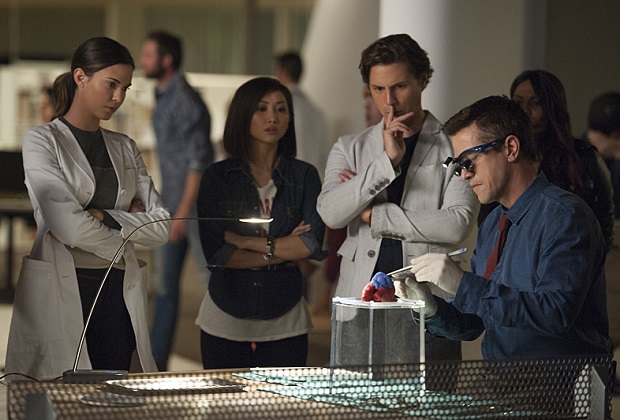3D Systems have announced a material that will help the medical industry solve a life-threatening issue, “critical congenital heart defects (CHD) requiring surgical intervention.”
According to research published in an academic journal, “Congenital heart disease, a major cause of serious morbidity and mortality, is common.” CHD can be found across the world and, “the incidence of congenital heart disease is similar in all countries.”
The service and material offered by 3D Systems is an, “anatomical modeling service to include a pliable MultiJet Printing (MJP) material for its patient-specific 3D modeling and printing service.”
3D printing challenges in the medical industry
The medical sector presents its own unique challenges to the 3D printing industry. Patient safety is of course paramount and medical devices or procedures must undergo close scrutiny before they are deemed safe for use.
Recently we have seen an engineer who used 3D printing to mend his own heart, advancements that may allow hearts to be grown using 3D bio-printing, news about developments in prosthetics and even how 3D printing could end animal testing.

In a statement issued by the company 3D systems said,
The full-color CJP models color-code the patient’s heart structures to assist communication during physician consultations, and the new MJP models enable pre-surgical planning and surgical rehearsal using a pliable material that mimics the patient’s anatomy and can be cut, sutured and grafted. 3D Systems MJP technology allows the entire heart to be 3D printed in one piece while maintaining an accurate representation of internal organ structures.
Pre-surgical planning tools such as this reduce the amount of time a patient must spend in the operating theater. Not only is this advantageous for a patient’s health, but it also has significant cost benefits. Research from Stanford university shows that Operating Room (OR) costs can range from $29/min to $80/min, therefore a strong incentive exists for lowering the time required in the OR.
Commenting on the possibilities Shafkat Anwar, MD, the director of Cardiology at a St. Louis hospital said, “”Our cardiothoracic surgeons routinely use 3D printed models for precise pre-surgical planning, and have found these models helpful for complex cases. The models are also regularly used in our institution for trainee education and for counseling patients and their families.”
Featured image shows 3D Systems’ cardiac 3D modeling.



